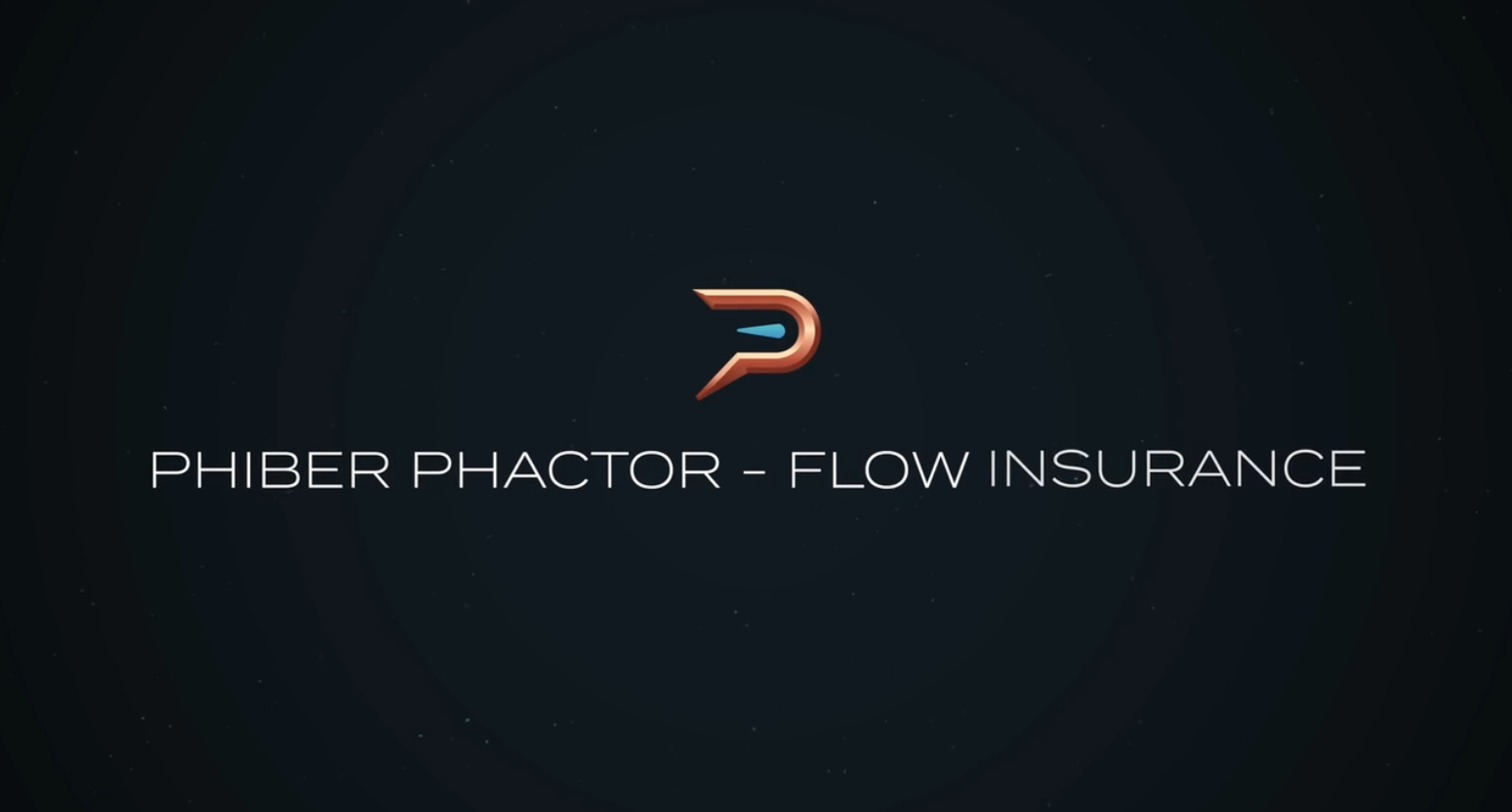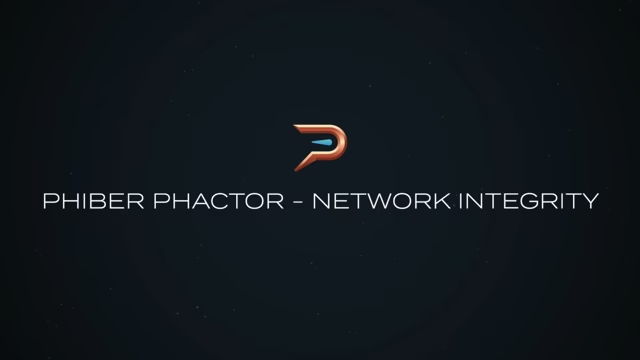It is an industry-standard practice to manually freshwater flush many systems that use seawater for cooling after every use. As such, many systems provide a connection method for convenience to the operator, but proper flushing is not just the connection of a hose… it requires significant human intervention and is burdensome.
The logistics of performing a FWF include:
Flushing Kits are widely available in the marine marketplace, usually consisting of simple plumbing adapters that provide a “faster connection” process. Some include a timer and/or valve sequencer that controls the duration and flow between multiple devices (engines).
PHIBER Freshwater Flush Systems are unique because the proprietary design can be configured to provide a safe and effective flush for nearly ANY application, including inboard engines with both wet and dry exhaust, vessel gyroscopic stabilization systems, desalination systems, and more. It is purchased as a flexible kit which, during installation, is tailored and programmed for the specific application, providing a precision flush (timing, duration, and flow) for a particular system.
During installation, basic PHIBER design tenets MUST be followed in order to achieve the proper and safe result, therefore installation by a qualified professional is highly recommended.
Outboard Engines – Every OEM of outboard engines provides recommendations in their service/owner manuals for FWF procedures after every use, and for an average duration of 5-10 minutes. Depending on water pressure and hose size, that can mean between 60 and 120 Gallons of precious fresh water to execute a simple freshwater flush.
Inboard Engines – When flushing an inboard engine (using other methods other than PHIBER), the amount of fresh water typically required for a proper flush is significantly increased… to as much as 150 gallons, depending on the method used.
Traditionally, these water demands would easily exceed the capacity of nearly all onboard tanks, making it extremely difficult for smaller vessels to use their water tankage for flushing; HOWEVER….
Only the exact amount of fresh water to displace the seawater is necessary to achieve the desired results.
Most engines’ (outboard and inboard) raw water networks do NOT require significant amounts of water to accomplish a proper Freshwater Flush (FWF) if it is performed within a few minutes of engine shutdown, while the engine is still at operating temperature, and the thermostat is still open (outboard engines).
Nearly all marine outboard and some inboard engines use a thermostat to regulate and direct raw cooling water flow within the engine based on the temperature of the engine block. Generally, it is closed when the engine is cold and open when the engine is hot, allowing cooling water to flow throughout the engine’s entire raw water network to remove heat.
When a Freshwater Flush begins, the seawater in the raw water network immediately begins to dilute…
Seawater has (on average) about 35,000 “parts-per-million” (PPM) of dissolved solids (salt, minerals, etc) in it. Once the seawater has been purged and the PPM of dissolved solids drops to less than 1500, the FWF is technically complete and the full benefit of FWF is realized.
For newer outboard engines, the duration and total amount of fresh water needed for a proper FWF flushing is directly related to the following:
FWF for outboards is usually performed with the engine off and with the engine out of the seawater. For the most effective freshwater flush, it should be executed at the optimal moment when it can be the MOST effective… within a few minutes of engine shutdown. Fresh water rinses the engine’s entire internal raw water network, pushing the seawater and its contaminants out. As the flow of flushing water stops, it drains from the lowest point of the engine raw water network and air replaces the water in the raw water network as it exits.
For inboard engines, the duration and total amount of fresh water needed for a proper FWF is only and directly related to the following:
Total capacity of the raw water network (amount of water in the engine when circulating at operating temperature)
The duration of FWF necessary to displace seawater (reaching an acceptable range of PPM)
Most Inboard engines remain in seawater for long periods, so flushing is challenging because the water may not be able to “drain out” as it does with outboard engines. For the most effective freshwater flush to occur, the FWF should be executed at the optimal moment when it can be the MOST effective… while the engine is still operating, just prior to the point of engine shutdown, “pickling” inboard engines with freshwater, and preventing the buildup of corrosion and bio/mineral-scale in critical areas behind the raw water pump, which can cause overheating problems if left unchecked.
PHIBER is the only Inboard Engine flushing solution that does NOT require the operator to connect an external freshwater source (dock hose) and open or close seacocks to perform a flush. It protects the engine by ensuring waterflow to the engine’s raw water pump at all times, through the use of a strategically-placed custom Swing Gate.
Using a PHIBER System results in miserly water usage when executing a freshwater flush, which is critical for vessels with limited freshwater tankage or for when freshwater resources are scarce.
A PHIBER Freshwater Flush can be initiated by three conditions:
Automated Freshwater Flushing triggered by specific functions or systematic operations
Scheduled Freshwater Flushing based on a routine, clock, or calendar
Instant engagement of a Freshwater Flush as warranted
The proprietary PHIBER FWF Manifold configuration connects fresh and raw water plumbing networks together. The Control Module is programmed to ensure flushing occurs when the following safety and performance protocols are met:



This section of the website is under construction
Stay connected and receive PHIBER news and updates.
PHIBER Systems, Inc. © All rights reserved